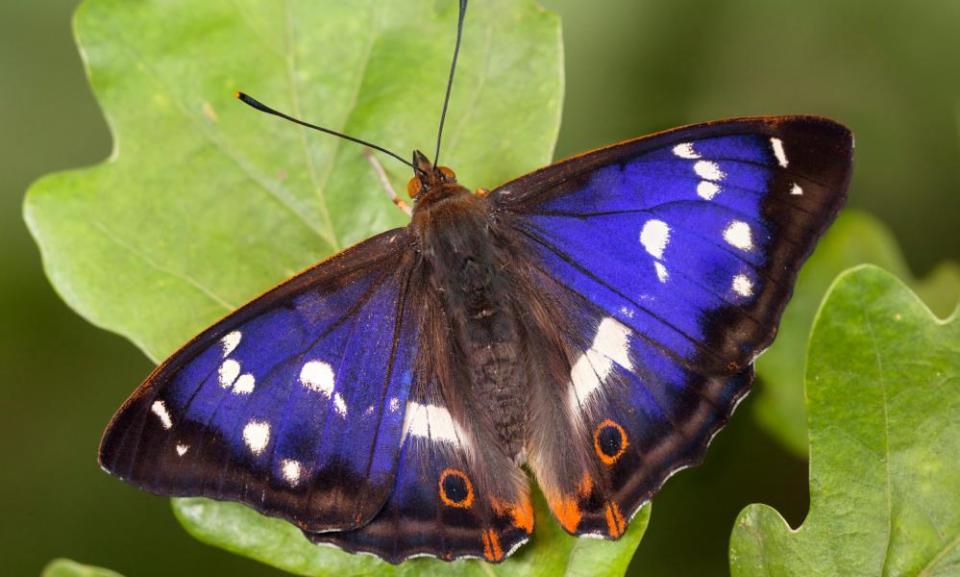Fears for UK butterfly numbers after die-off in 2022 heatwave
The heat and drought of last summer caused British butterfly populations to crash later in the year, according to a new study.
Common butterfly species including the brimstone, small tortoiseshell, peacock, green-veined white and small white appeared in good or average numbers during the spring and early summer of 2022 but numbers in subsequent late-summer generations were greatly reduced.
This is because the food plants that the caterpillars of the next generation feed upon died during the drought, leaving fewer caterpillars to survive and transform into the next generation of butterflies on the wing.
The findings from the UK Butterfly Monitoring Scheme (UKBMS), led by Butterfly Conservation and the UK Centre for Ecology and Hydrology, are causing scientists to fear that other butterfly species will be greatly reduced this year.
Related: Drought threatening British moth species with local extinction
Many species only have one generation each year and so the impact of a mass caterpillar die-off last summer will only be visible this year for butterflies such as the marbled white, meadow brown and small skipper. These grass-feeding species may be particularly vulnerable after last summer’s grasslands were parched in the drought.
Dr Richard Fox, head of science for Butterfly Conservation, said: “In general, warm, sunny weather is good for butterflies as they can be active, finding food, mating and laying eggs.
“But drought is a major problem as plants wither and die, meaning female butterflies may struggle to find anywhere to lay their eggs, or there is not enough food for the caterpillars when they hatch.
“The knock-on effect is fewer butterflies in the following generation. We have already seen an indication of this in the 2022 data for some of those species with a generation that flies in late summer and autumn, and sadly we can expect to see a decline in numbers of other species in 2023 too.”
Overall, the data reveals that 2022 was an average year for butterflies although Fox described it as “a year of two halves” with good numbers of butterflies in early summer but then greatly reduced abundance after the heatwave and drought.
Despite concerns about the longer-term impact of the drought, 2022 was a good year for rare species including the purple emperor, large blue, chequered skipper and dark-green fritillary, all of which have been the focus of targeted conservation work in recent years.
The purple emperor and the large blue – both stars of David Attenborough’s Wild Isles series – recorded their second-best ever years since scientific monitoring began in 1976. Purple emperor caterpillars feed on leaves of sallow – a tree – and so may be less affected by drought.

Data gathered by the UKBMS has previously revealed the negative impacts of droughts on butterflies in 1976 and 1995. Some species have never recovered their former abundance levels after the 1976 drought, although scientists say that habitat destruction is a major factor in their failure to bounce back.
Unlike in 1976, today most British butterfly species are in decline, and therefore the negative effect of seasonal droughts could be more long-lasting. According to the 2022 State of the UK’s Butterflies report by Butterfly Conservation, 80% of species have declined in abundance or distribution or both since the 1970s.
Dr Marc Botham, butterfly ecologist at the UK Centre for Ecology and Hydrology, said the records collected from more than 3,000 sites by volunteers was an invaluable long-term dataset.
“This enables scientists to measure how butterflies are faring as well as assessing the health of our countryside generally. The UKBMS data are vital in assessing the effectiveness of government policies and progress towards the UK’s biodiversity targets.”

 Yahoo News
Yahoo News 
